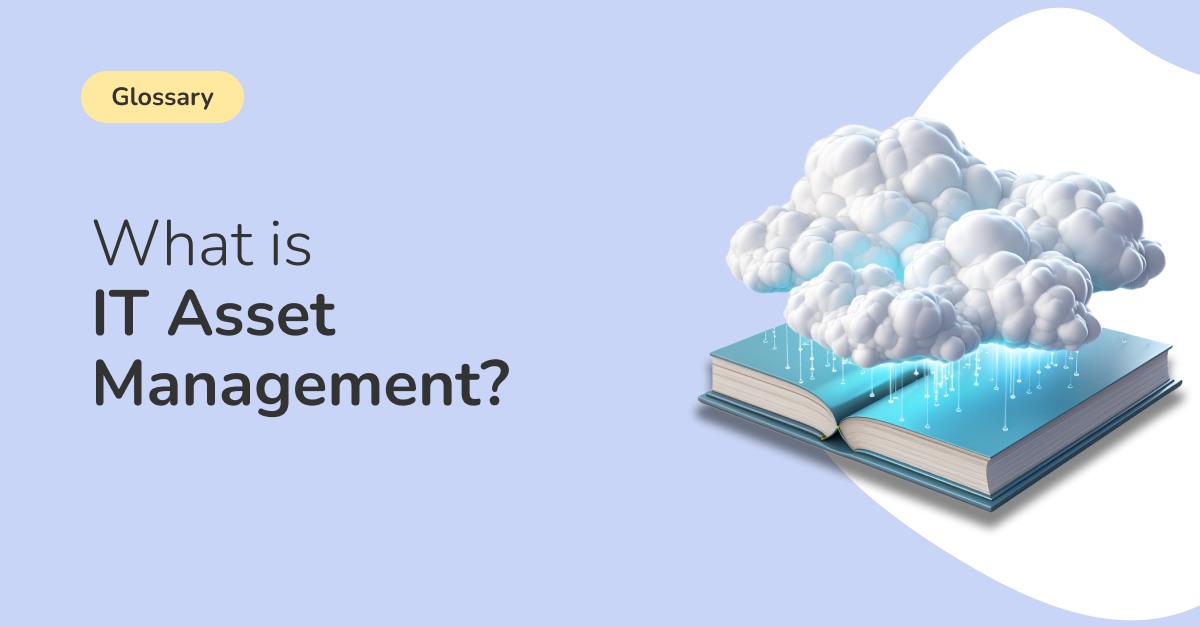What is IT asset management (ITAM)?
IT Asset Management (ITAM) is the practice of managing hardware, software, and other technological assets within an organization. It involves tracking, recording, and optimizing these assets throughout their lifecycle to ensure efficient utilization and compliance with licensing regulations.
The SaaS Management Connection
When it comes to SaaS, ITAM becomes even more critical. The usage, cost, and performance of cloud-based services need to be managed just like physical assets. With a SaaS Management Platform like Torii, you get real-time visibility into your immaterial assets just like your hardware ones. Learn more about how Torii lets you:
- Discover shadow IT
- Automate application lifecycle tasks
- Automatically provision and deprovision SaaS licenses
- Improve SaaS Spend Management
- Streamline vendor contract renewal management
Examples of IT Asset Management
Real-life Example: A large enterprise uses ITAM software to maintain an asset inventory that includes servers, desktops, and SaaS subscriptions. Automated asset discovery tools help to keep this inventory updated. The asset manager regularly assesses asset performance and ensures software license compliance. The result is reduced costs, improved efficiency, and informed decision-making.
IT Asset Management Best Practices
Automated Discovery: Utilize asset discovery tools to automatically identify and register assets in your inventory.
Standardization: Choose a single ITAM tool or an asset management system for the entire organization to streamline management tasks.
Compliance Checks: Regularly perform software license audits to avoid non-compliance penalties.
Asset Utilization: Periodically review asset performance and utilization to identify underused resources.
Lifecycle Management: Be proactive in managing assets from procurement through disposal. This involves planned upgrades and preventive maintenance.
Real-Time Tracking: Use real-time tracking features to keep tabs on asset location, usage, and status.
Documentation: Keep thorough records of each asset’s specifications, configurations, and maintenance history.
Stakeholder Involvement: Involve all relevant stakeholders, from IT managers to end-users, in asset management processes.
Cloud Management: Don’t overlook cloud assets. Manage them with the same rigor as physical assets.
Risk Assessment: Constantly assess the vulnerabilities and risks associated with assets to preemptively address any security concerns.
By implementing these best practices, organizations can enhance efficiency, reduce costs, and stay compliant. An optimized IT Asset Management process is a strategic advantage in today’s digital landscape.
Related Terms You Should Understand
IT Management: Overarching management of all IT assets and services in an organization.
Software Asset Management: Focused on managing software licenses and usage.
Hardware Asset Management: Deals specifically with physical assets like servers and computers.
Asset Utilization: How effectively assets are being used within the organization.
IT Risk Management: Assessing and mitigating risks related to IT assets.
Inventory Management: Involves keeping an up-to-date record of all assets, both hardware, and software.
IT Governance: Policies and processes that ensure IT aligns with organizational goals and compliance.
Cloud: Often considered a digital asset that needs to be managed.
Asset Lifecycle: The stages through which an asset goes from procurement to disposal.
IT Project Management: Handling of specific IT projects, which may include new asset deployments or asset lifecycle management.
Service Desk: Often part of an asset management system for handling user issues.
Configuration Management: Keeps track of asset configurations, often integrated with ITAM software.
By understanding these terms, you’ll have a solid foundation to manage assets effectively, whether they’re cloud-based software or tangible hardware. This knowledge is crucial for any organization aiming for efficiency and cost-effectiveness.

